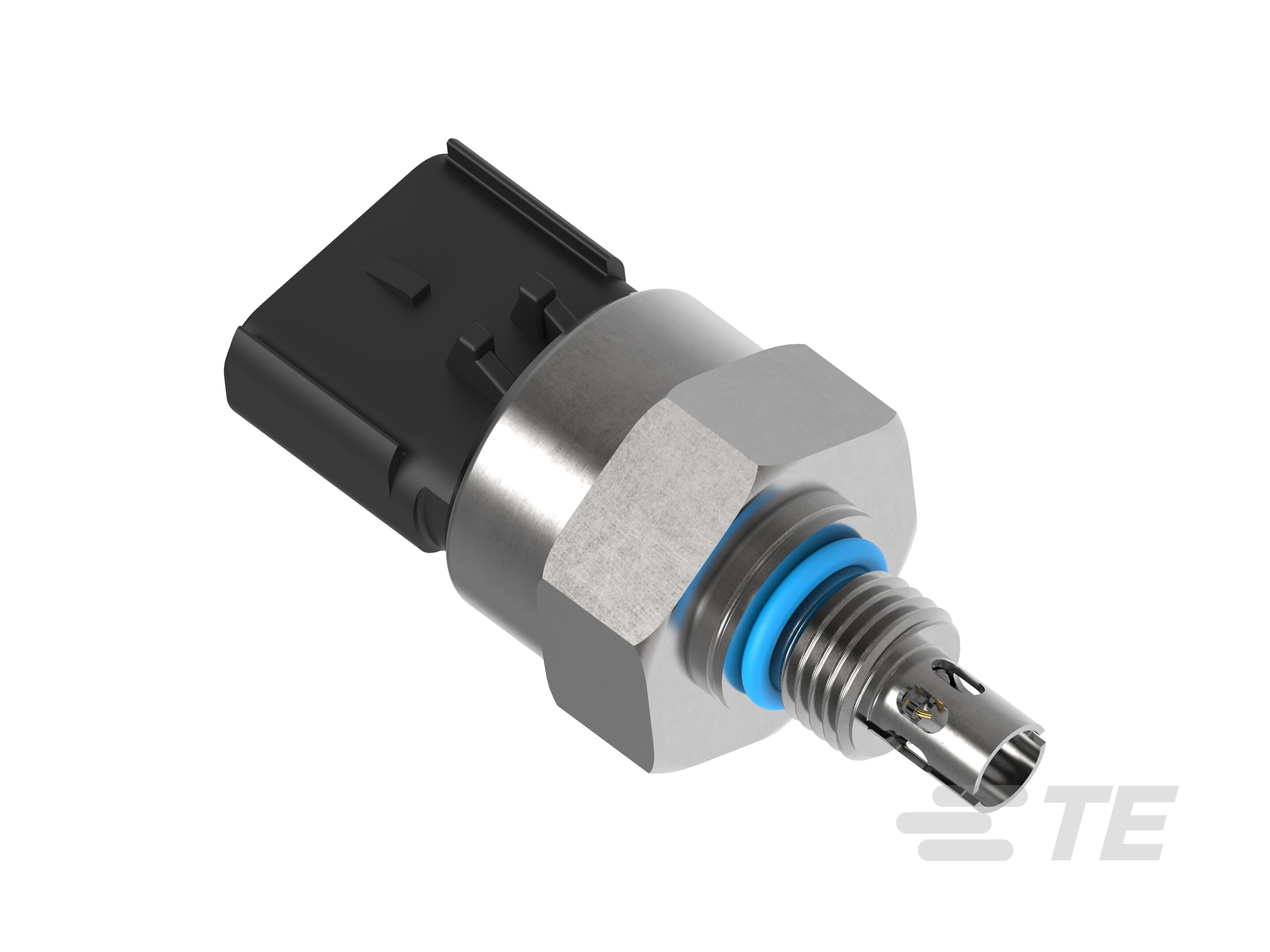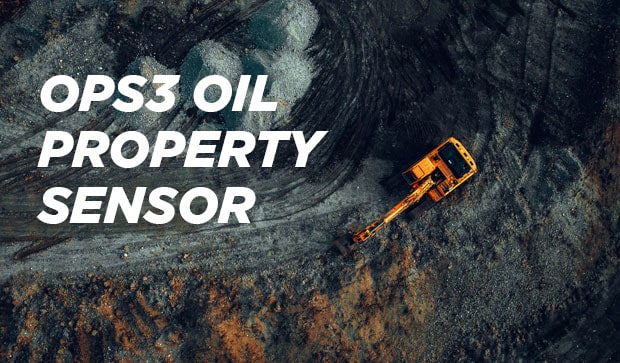Q: What is the working principle used in the design of the OPS3 oil property sensor?
A: The OPS3 oil property sensor uses a tuning fork technology, a piezoelectric resonator, that vibrates when a high frequency current is applied. The resulting vibration creates an impedance that the sensor electronics can measure.
Q: Can I use the OPS3 to measure solely one of two parameters?
A: For the sensor to operate accurately, it is crucial to ensure that all parameters are within the given measurement ranges. Those parameters being measured through a single sensing element, if one is not meeting this it will affect other outputs.
Q: What happens if the media I want to measure temporarily falls outside the sensor’s measurement range?
A: If the media is temporarily outside the specified measurement range, the sensor may display out-of-range values or generate error codes. However, this condition is reversible—once the media parameters return to the valid range, the OPS3 will resume normal operation.
Q: What are the available power supply options?
A: The OPS3 oil property sensor is compatible with 12V or 24V power supplies and will function properly with voltages ranging from 9V to 36V. The maximum current will not exceed 100mA.
Q: What is the communication protocol for the sensor?
A: The OPS3 oil property sensor provides a CAN output based on the SAE J1939 standard.
Q: What is the preferred mounting area for the OPS3 sensor?
A: The sensor should be installed in a pressurized area on the clean side of the system (after the filter). Avoid dead ends and oil pans. A minimal oil flow speed (>0.2m.s-1) is preferred to ensure temperature homogeneity.
Q: How can the OPS3 oil property sensor help me to determine when an oil change is required?
A: Based on OPS3 outputs, users can develop algorithm(s) tailored to their specific system, application and lubricant type.
Q: The OPS3 measurements seem noisy. What should I do?
A: Check that the sensor manifold is properly grounded. Also, eliminate any potential sources of interference, such as air bubbles or turbulent flow. If noise remains, please contact TE.
Q: Can I use the OPS3 in fluids other than oil?
A: The OPS3 can be used with standard diesel fuel. However, corrosive fluids should be strictly avoided, as even temporary exposure may impair sensor functionality.
Q: Does the OPS3 require maintenance once installed in the field?
A: No maintenance is required. Trying to clean OPS3 may permanently damage sensing elements, therefore it is not recommended to service it.




